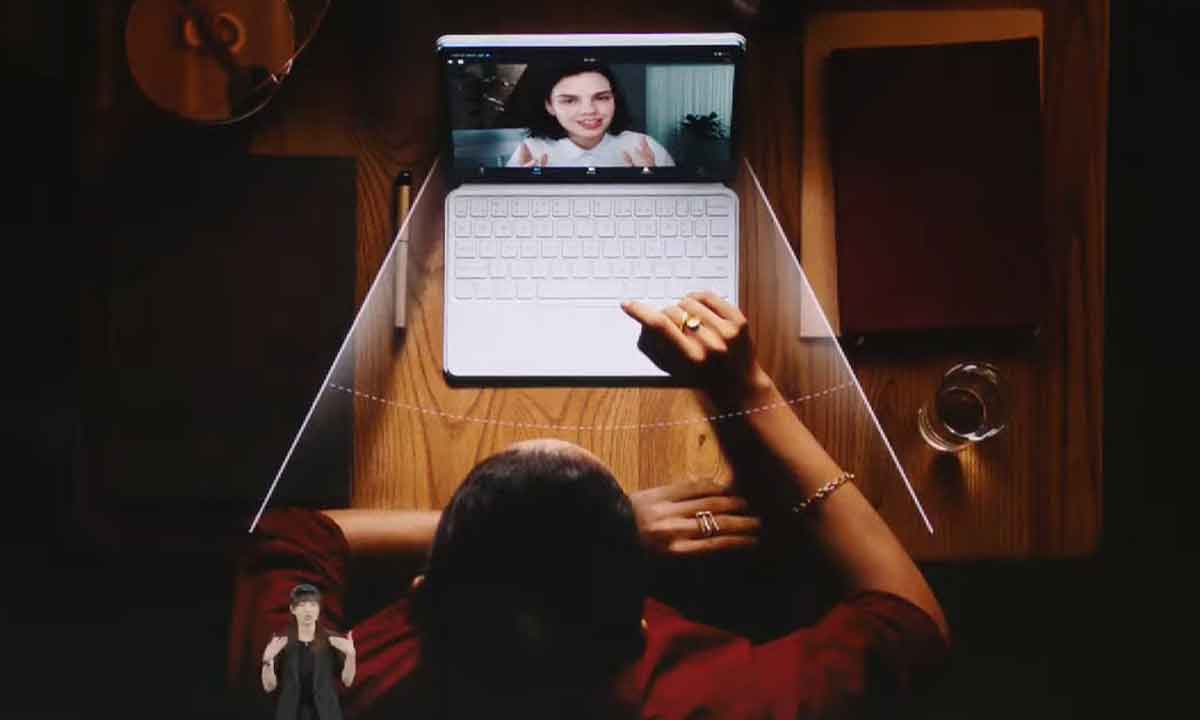Xiaomi celebrated this afternoon really interesting event, as he added several references to his already extensive catalog of devices. The big hero was without a doubt the Xiaomi 13 Ultra, a powerful top of the range that stands out especially in the photography section, with a camera that combines Sony sensors with Leica optics. The whole beast we’ve already informed you about in the news linked to in this paragraph.
But not everything is smartphones, of course the event also had other protagonists, such as restoring your Xiaomi Pad 6 tabletwhich is offered in normal and Pro version, and the expected Smart Band 8undoubtedly one of the most popular quantification bracelets on the market, thanks to its always careful design, enormous amount of functions and its price, which has always been extremely competitive since the Mi Band.
Keep in mind, of course, that at the moment these devices have only been announced for the Chinese market, so it will still be a while before we know which versions are being launched internationally, which ones will make it to Spain, and of course at what prices

xiaomi pad 6
The Xiaomi tablet has managed to become quite a solvent device over the generations, cwith good value for money, and therefore an interesting option for everyone looking for a mid-range or high-end Android tablet. They are of course perfectly aware of this, so in this new generational leap they have decided to give both the Pad 6 and the Pad 6 Pro new features that emphasize their premium aspect.
The first novelty in this regard is its shell, which says goodbye to the plastic that we have seen offered in previous versions all-metal finish on the unibody chassis, which provides a view more relevant to these market segments. We find in it, on the Pro model, openings for four speakers responsible for providing Dolby Atmos sound in conjunction with its screen, which is compatible with Dolby Vision.
Now let’s talk about the screen, shared (as well as the vast majority of the rest of the specifications) between the two models. We find the LCD panel sa 2.8K resolution with a density of 309 dots per inch and offers a refresh rate of up to 144 Hz. Its brightness reaches up to 55o nits and for your protection it is protected by a layer of Gorilla Glass.

Inside we find the main differences between the two models. Xiaomi Pad 6 integrates a SoC Snapdragon 870while the Pad 6 Pro makes a leap up by being built around a Snapdragon 8+ Gen 1, in both cases complemented by 6 or 8 gigabytes of RAM. Both can attach 128 or 256 gigabytes of storage, but only the Pro model also offers a 512 gigabyte configuration. The differences are also in their batteries, 8,840 milliamps with 33-watt fast charging and 8,600 milliamps with 67-watt fast charging. respectively. 8,840 milliamps.
It also improves the photography part, even more so with the Pro model, which now mounts two sensors in its main camera, one of 50 megapixels, which rests on a depth of 2 megapixels. On the front we find a 20-megapixel camera. More modest is the proposal for the Xiaomi Pad 6 with a 13-megapixel main camera and an eight-megapixel front camera.
Their prices in the Chinese market range from 1,999 yuan for the Xiomi Pad 6 (6/128GB) to 3,999 yuan for the Xiomi Pad 6 Pro (12/512GB).

Xiaomi Smartband 8
The numbering bracelet of the brand also comes with some interesting novelties, among which a change in the concept of the device stands out, which may seem trivial, but in fact significantly increases its range. And a bracelet is no longer necessarily a bracelet. To this end, in addition to the traditional straps, Xiaomi showed other adapters with which we can put it on with laces or hang it around the neck. A small big change that many other manufacturers will surely take note of.
From a technical point of view, its screen has one of the most remarkable innovations, AMOLED 10.62 inches with a resolution of 490 x 192 pixels, which means a jump to 60 hertz. Who would have imagined this with the first Mi Band model that didn’t even have a screen, right? Another interesting aspect is that its autonomy, according to the manufacturer’s data, jump up to 16 dayscompared to 14 in the previous version.
As we have also seen on previous occasions, Xiaomi offers two versions in the local market, one without and one with NFC connectivity, the second model that resists crossing the borders of China. The version without NFC costs 239 yuan, while the model that offers this connectivity costs 279 yuan. When all these Xiaomi devices arrive in Spain, we will of course be attentive.
More information / Opening image: Lei Jun
















